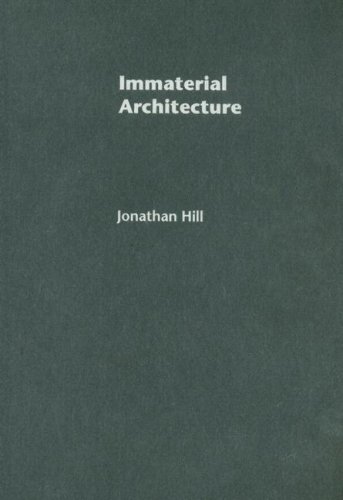

Most ebook files are in PDF format, so you can easily read them using various software such as Foxit Reader or directly on the Google Chrome browser.
Some ebook files are released by publishers in other formats such as .awz, .mobi, .epub, .fb2, etc. You may need to install specific software to read these formats on mobile/PC, such as Calibre.
Please read the tutorial at this link: https://ebookbell.com/faq
We offer FREE conversion to the popular formats you request; however, this may take some time. Therefore, right after payment, please email us, and we will try to provide the service as quickly as possible.
For some exceptional file formats or broken links (if any), please refrain from opening any disputes. Instead, email us first, and we will try to assist within a maximum of 6 hours.
EbookBell Team

5.0
28 reviewsThis fascinating argument from Jonathan Hill presents the case for the significance and importance of the immaterial in architecture.
Architecture is generally perceived as the solid, physical matter that it unarguably creates, but what of the spaces it creates? This issue drives Hill's explorative look at the immaterial aspects of architecture. The book discusses the pressures on architecture and the architectural profession to be respectively solid matter and solid practice and considers concepts that align architecture with the immaterial, such as the superiority of ideas over matter, command of drawing and design of spaces and surfaces.
Focusing on immaterial architecture as the perceived absence of matter, Hill devises new means to explore the creativity of both the user and the architect, advocating an architecture that fuses the immaterial and the material and considers its consequences, challenging preconceptions about architecture, its practice, purpose, matter and use.
This is a useful and innovative read that encourages architects and students to think beyond established theory and practice.